Conducir en puerto rico: Leyes de Puerto Rico Título 9, § 5056 (2018)
Leyes de Puerto Rico Título 9, § 5056 (2018)
View our newest version here
Universal Citation: PR Laws tit. 9, § 5056 (2018)
- Toda persona que se autorice a conducir un vehículo de motor en Puerto Rico deberá entregar y cumplir con los siguientes requisitos:
(a) Estar capacitado mental y físicamente para ello.
(b) Saber comunicarse verbalmente en español o inglés.
(c) Poseer una tarjeta de seguro social o un documento que verifique que el aspirante no es elegible o no se le aplica asignarle un número de seguro social.
(d) Poseer documentación que demuestre su nombre con la dirección residencial.
(e) Poseer documentación que demuestre que es ciudadano o nacional de los Estados Unidos o un extranjero con estado legal permanente o temporal o una visa válida, o que ha solicitado o se le ha concedido el asilo y es un refugiado.

(f) Haber cumplido los dieciocho (18) años de edad. Disponiéndose, que el Secretario podrá expedir licencia de conductor a una persona menor de dieciocho (18) años de edad, pero mayor de dieciséis (16), cuando el menor cumpla con el requisito de asistencia obligatoria a las escuelas que impone las secs. 143a et seq. del Título 3, conocidas “Ley Orgánica del Departamento de Educación de Puerto Rico” o se haya graduado de escuela superior, y presente documentación que así lo pruebe, cuando dicho vehículo sea de uso privado, siempre y cuando se cumpla con todos los requisitos establecidos por este capítulo y por los reglamentos que el Secretario establezca, y la persona bajo cuya patria potestad se encuentre el menor, acceda, mediante escrito presentado al Secretario, a hacerse responsable de todas las multas que se impusieren a dicho menor por cualquier infracción a este capítulo y al pago de los daños y perjuicios que dicho menor causare.
(g) Poseer una licencia de aprendizaje que a la fecha de la solicitud de examen tenga no menos de un (1) mes ni más de dos (2) años contados desde la fecha de su expedición.
 No obstante, la licencia de aprendizaje aquí requerida no será necesaria cuando la persona posea una licencia de conducir, excluyendo la de motocicletas, y deseare cambiar tal licencia de conducir por cualquiera de las otras licencias autorizadas por este capítulo, o cuando la persona posea una licencia para conducir vehículos de motor que tenga vigencia y haya sido expedida en cualquier estado o territorio de los Estados Unidos, o en cualquier país extranjero, y dicha licencia no cumpla con los requisitos establecidos en el inciso (b) de la sec. 5055 de este título.
No obstante, la licencia de aprendizaje aquí requerida no será necesaria cuando la persona posea una licencia de conducir, excluyendo la de motocicletas, y deseare cambiar tal licencia de conducir por cualquiera de las otras licencias autorizadas por este capítulo, o cuando la persona posea una licencia para conducir vehículos de motor que tenga vigencia y haya sido expedida en cualquier estado o territorio de los Estados Unidos, o en cualquier país extranjero, y dicha licencia no cumpla con los requisitos establecidos en el inciso (b) de la sec. 5055 de este título.(h) Haber aprobado un curso relacionado con el uso y abuso de sustancias controladas y sobre alcoholismo y su efecto al conducir, el cual tendrá como mínimo una hora de duración. Disponiéndose, que dicho curso podrá ofrecerse de forma electrónica por el Departamento de Transportación y Obras Públicas de conformidad a la reglamentación que el Secretario adopte a esos fines. En el caso de estudiantes, éstos podrán tomar el curso en sus respectivas escuelas, las cuales expedirán una certificación acreditando que el estudiante ha participado en un curso no menor de una hora de duración relacionado con el uso y abuso de sustancias controladas y el alcoholismo.

(1) Este curso deberá ser tomado cuando se autorice un Certificado de Licencia de Conducir categoría de aprendizaje, todas las demás categorías y por los mecanismos de reciprocidad autorizados.
(2) En caso de licencia caducada, el solicitante deberá mostrar evidencia del curso tomado. De no mostrar la evidencia requerida, deberá tomar el curso nuevamente.
(3) Este curso no sustituirá los cursos impuestos bajo las secs. 5201 a 5209 de este título, ni ningún otro impartido a los mismos fines.
(i) Haber aprobado un examen práctico, de acuerdo con el tipo de licencia solicitada, según disponga el Secretario mediante reglamento. Para los certificados de licencias de conducir de chofer, conductor de vehículos pesados de motor con sus subdivisiones, y conductor de tractor o remolcador con o sin arrastre o semiarrastre, el examen práctico será según lo disponga la Comisión mediante reglamento.
Disclaimer: These codes may not be the most recent version.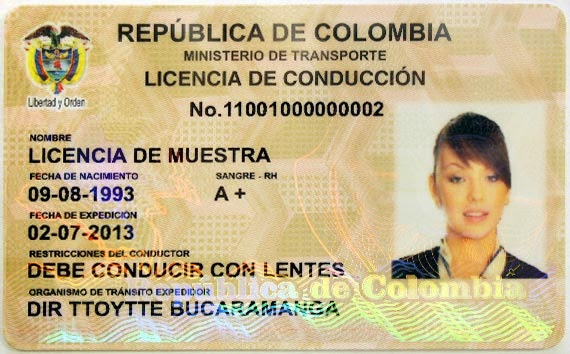 Puerto Rico may have more current or accurate information. We make no warranties or guarantees about the accuracy, completeness, or adequacy of the information contained on this site or the information linked to on the state site. Please check official sources.
Puerto Rico may have more current or accurate information. We make no warranties or guarantees about the accuracy, completeness, or adequacy of the information contained on this site or the information linked to on the state site. Please check official sources.
This site is protected by reCAPTCHA and the Google
Privacy Policy and
Terms of Service apply.
ayudalegalpr.org
Es la autorización que expide el Secretario de Transportación y Obras Públicas de Puerto Rico para manejar un vehículo de motor por las vías públicas de Puerto Rico.
¿Tiene una persona que ser residente legal o ciudadana para tener una licencia de conducir?
No. Luego de aprobada la Ley Núm. 97 del 2013, las personas que no tienen estatus migratorio oficial pueden obtener una licencia de conducir. Como bien dice la misma ley, el que una persona tenga o no documentos migratorios oficiales no tiene nada que ver con su habilidad para guiar. Además, en Puerto Rico, la transportación es esencial para poder trabajar, tener acceso a salud y educación, entre otros.
Además, en Puerto Rico, la transportación es esencial para poder trabajar, tener acceso a salud y educación, entre otros.
Licencia de conducir provisional:
¿Quién es elegible?
Toda persona extranjera que:
1. Haya residido en Puerto Rico por un periodo mayor de un (1) año
2. Que no posea una tarjeta de seguro social ni un documento que verifique que no es elegible o no se le aplica asignarle un número de seguro social
3. Que no posea documentación que demuestre que es ciudadana de los Estados Unidos de América o documentación expedida por el Servicio de Ciudadanía e Inmigración de EUA.
Requisitos para solicitar la licencia provisional:
1. Ser elegible (mirar la lista arriba),
2. Poseer una licencia de aprendizaje provisional – este es el examen escrito que se toma en el Departamento de Transportación y Obras Públicas.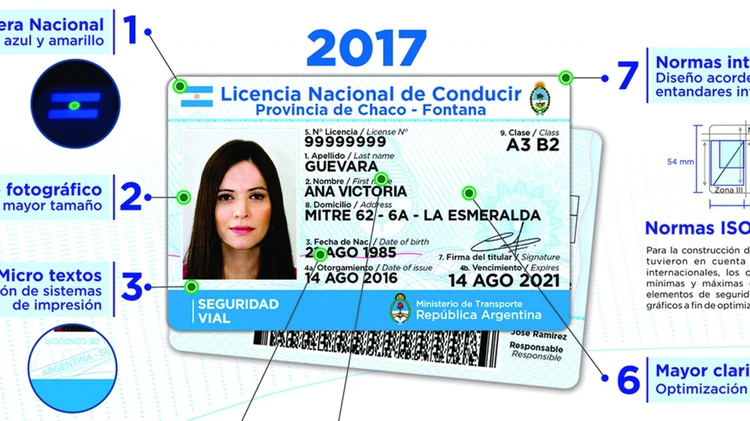 Cuando solicite la licencia de conducir provisional, no puede haber pasado menos de un mes de que aprobó el examen ni más de dos años desde que le dieron la licencia de aprendizaje provisional.
Cuando solicite la licencia de conducir provisional, no puede haber pasado menos de un mes de que aprobó el examen ni más de dos años desde que le dieron la licencia de aprendizaje provisional.
3. Poseer un pasaporte vigente de su país de ciudadanía o una identificación consular vigente expedida por un consulado de su país de ciudadanía
a. Identificación Consular Válida es la que tenga:
– nombre,
– fecha de nacimiento,
– foto y
– firma de la persona,
– Fecha de expedición/expiración de la identificación
– La identificación consular debe ser debidamente certificada por la autoridad consular competente y traducida al español o inglés
Conozca sus derechos
- Esta tarjeta no es una residencia legal ni un pasaporte
- Esta licencia de conducir sólo es válida en Puerto Rico
- Usted no puede viajar a los Estados Unidos utilizando esta licencia.
 Si lo hace se expone al riesgo de que se le deporte.
Si lo hace se expone al riesgo de que se le deporte. - Si la policía le detiene en el vehículo, no tiene que contestar preguntas sobre su estado migratorio
- La Policía no puede detener a una persona sólo para saber su estado migratorio
Argueta Hotel, Sao Luis – Updated 2023 Prices
- Option and Price Information
- Amenities
- Accommodation Conditions
- Guest Reviews (1,175)
You Can Get a Genius Discount at Argueta Hotel! To save on this property, just sign in.
Rancho Argueta is located in Sao Luis. It features a restaurant, outdoor swimming pool, a shared lounge and garden. The hotel has a tour desk and free Wi-Fi. The hotel has family rooms.
This property offers free private parking, a business center and a 24-hour front desk.
San Salvador is 36 km from the hotel, while La Libertad is 28 km away. The nearest international airport is Monsignor Oscar Arnulfo Romero, 4 km from the Rancho Argueta. An airport shuttle can be arranged at an additional cost.
An airport shuttle can be arranged at an additional cost.
Couples especially like the location – they rated accommodation in the area for a trip as a couple at 9.0 .
Argueta Hotel has been welcoming Booking.com guests since Dec 18, 2018 2017.
Distance in description calculated using © OpenStreetMap
Read more
The most popular amenities and services
Open basin
Transfer from/to airport
Restaurant
Free Wi-Fi
Free parking
Delivery of food and drinks to number
9004
Benefits of this option
Great Location: Highly rated by recent guests (9,0)
Free private parking at the hotel
Select dates to see availability and rates.
Something went wrong. Please try again.
Something went wrong. Please try again.
Something went wrong. Please try again.
Something went wrong. Please try again.
Something went wrong. Please try again.
Please try again.
Something went wrong. Please try again.
FAQ about property
See what other guests are asking to learn more about this property.
Do you have wifi in the rooms?
Yes, service includes
This is a translation –
Reply February 7, 2023
Can I check in after 1:00 am? My flight arrives very late at night.
Buenos dias, si puede Realizar, check on the spot.
This is a translation –
Reply December 21, 2022
Hola, llego al hotel el sabado 10/dic a las 2 am Madrugada I want this mismo sabado a las 11 de la noche. Que dia reserva para cubrir esas hora
El check es a las 13:00 horas y el check out a las 11:00 am; por lo que su reserva tendria que ser por dos noches, del 9 al 11 de diciembre.

This is a translation –
Reply December 5, 2022
Is there an airport shuttle?
Gracias por preferir Argueta Hotel, contamos con el serviceio por el costo de $6.00, esperamos servirle pronto.
This is a translation –
Reply July 5, 2022
What are the check in and check out times at your house?
departure at 11:00
This is a translation –
Reply October 21, 2022
Landmarks nearby *
Restaurant
Kitchen:
Latin American
Bathroom
Bedroom
Outdoor
Garden furniture
Media & Technology
Food & Beverage
Internet
Wi-Fi is available in the entire hotel and is free of charge.
Parking
Free private parking on site (reservation is not needed) .
Reception
Cleaning services
Business center services
Security
Shuttle service
Additional charge
General lounge / living room with a TV
Places for smoking
Air conditioner
Car rental
9000 9000 9000 9000 9000 9000 9000 9000 9000 9000 9000 9000 9000 9000 9000 Nomen Airport shuttle
Additional charge
Room service
Smoking throughout the territory
Outdoor pool
Free!
Staff speaks these languages
English
Spanish
Accommodation conditions
Argueta Hotel takes special requests – add in the next step!
check in
15:00 – 16:00
Departure
12:00 – 13:00
Cancel/
prepayment
Cancellation and prepayment policies vary depending on the type of option chosen.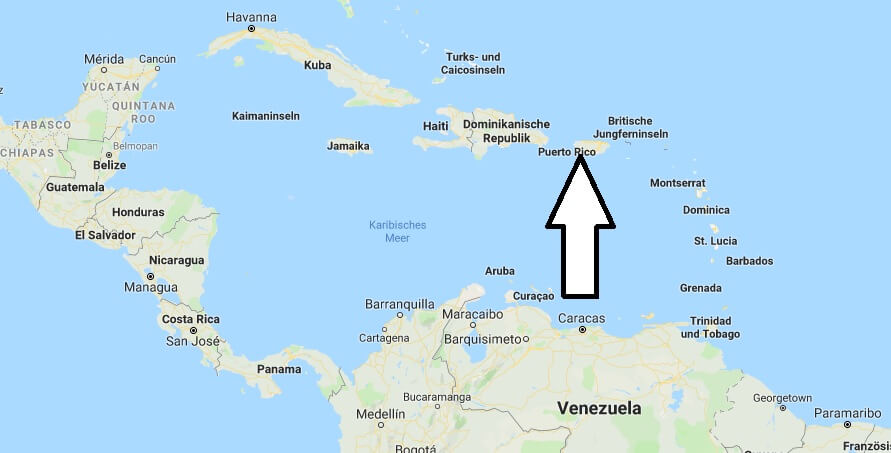
Please enter your dates of stay and review the booking conditions for the requested room.
Beds for children
Child Policy
Children of all ages are welcome.
To see exact prices and availability, please enter the number of children in your group and their age when searching.
Crib and Extra Bed Policy
No extra beds or cots available.
No age limit
There are no age restrictions for check-in.
Pets
Pets are not allowed.
Cards accepted by the hotel
Argueta Hotel accepts these cards and reserves the right to temporarily hold an amount prior to arrival.
1687860|3.1682270.1685780.1680920|1.1674130|5.1674130.1687300.1680330.1687140.1682710.1683070.1639Spanish dialects British and American English, but when you think about Spanish, the picture of accents and variants is even more diverse.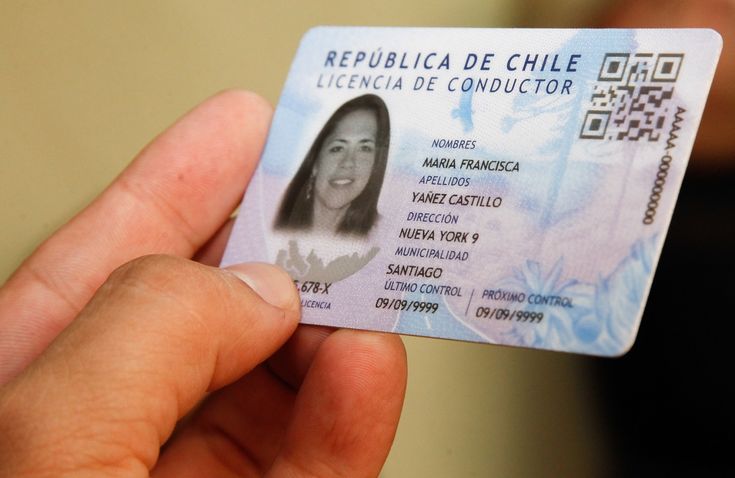
Even within Spain itself there are many dialects (besides the four official languages!). The ability to understand by ear not only those who speak “classical” Spanish, but also speakers of various dialects is an important step on the way from the Intermedio level to the Superior level. Let’s take a look at the most common Spanish accents today and find out how many dialects there are in Spanish.
- Castilian Spanish
Homeland castellano , or Castilian Spanish – Castile and León region in northwestern Spain. It is the Castilian variant that we mean when we talk about the Spanish language in general, it is recognized as a literary norm, it is this language that is studied in schools and universities around the world.
Its main feature is that Castilian uses the form vosotros , informal form 2 lit. plural, which is used when referring to a group of people who are familiar to you or who are the same age as you. This form is used when talking with friends, while form ustedes remains a form of politeness when dealing with older or more respected interlocutors. ¿Cómo estáis? is an example of form vosotros . ¿Cómo están ustedes? is the polite form of ustedes . Residents of South American countries do not meet with such differences, since these forms are characteristic only for “Spanish” Spanish.
This form is used when talking with friends, while form ustedes remains a form of politeness when dealing with older or more respected interlocutors. ¿Cómo estáis? is an example of form vosotros . ¿Cómo están ustedes? is the polite form of ustedes . Residents of South American countries do not meet with such differences, since these forms are characteristic only for “Spanish” Spanish.
Castilian is also distinguished by special grammatical constructions, such as the form Pretérito Imperfecto de Subjuntivo. This form of the verb is used when talking about a hypothetical event in the past. In most countries, this form uses the ending -ra , but in Castilian it would be -se . Llegara is the past subjunctive of llegar in Latin America, while in Spain it would be llegase . Espero que llegaras ayer “I hope you arrived yesterday” is an example of this form.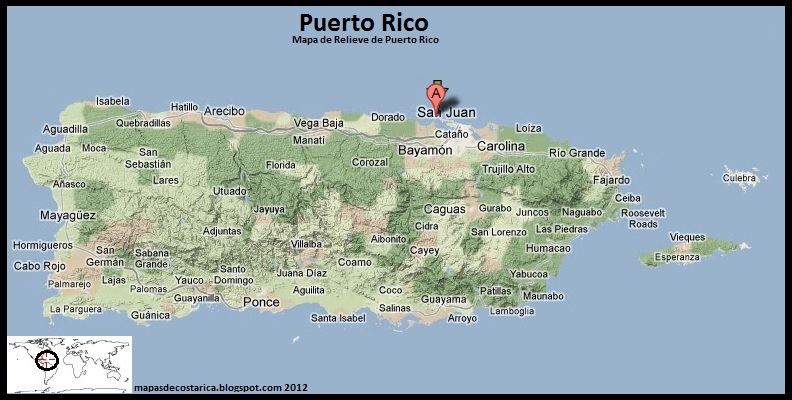 This tense is used when there is a high degree of uncertainty, in uncertain situations, especially when emotions or doubts are involved. Many Spanish learners will want to say * Espero que llegaste ayer , but this is grammatically incorrect.
This tense is used when there is a high degree of uncertainty, in uncertain situations, especially when emotions or doubts are involved. Many Spanish learners will want to say * Espero que llegaste ayer , but this is grammatically incorrect.
Another characteristic feature of Castilian is the so-called leísmo , that is, the use of le as a pronoun that replaces the direct object expressed by an animate masculine noun. This is a violation of the grammatical rule requiring the direct object to be lo/la and the indirect object le , but it is so ubiquitous that it is no longer perceived as a mistake. So, grammatically correct A Paolo no lo vi ayer becomes A Paolo no le vi ayer .
Of course, there are many words in Castilian that do not occur in other dialects or mean something different in them. Here is a small list of words that you will hear only in the Iberian Peninsula, and their Latin American equivalents:
coche – carro / auto (car)
conducir – manejar (drive a car)
gafas – anteojos (glasses) piso-apartamento (apartment)
patata – papa (potato)
móvil -cellular (mobile phone)
zumo – jugo (juice)
Castilian is also famous for its phonetic features. Many people call this accent lisping, because if the letters z , ci or ce occur in a word, they give an interdental sound reminiscent of English [θ]. This phenomenon is called ceceo and it is because of it that Barcelona and Zaragoza in its “true” pronunciation sound so strange.
Many people call this accent lisping, because if the letters z , ci or ce occur in a word, they give an interdental sound reminiscent of English [θ]. This phenomenon is called ceceo and it is because of it that Barcelona and Zaragoza in its “true” pronunciation sound so strange.
- Andalusian Spanish
Andalusian accent changes ceceo to seseo “pesao”, he acabado – like “he acabao”, quieres – like “quies”).
- Spanish in Mexico
This variety of Spanish is easy to hear in California. The main influences on this Spanish are Uto-Aztecan Nahuatl, Mayan Tzotzil, and American English.
The influence of Indian languages is so great that dictionaries of “Mexicanisms” are published, translating the Mexican names of everyday objects into common Spanish. Many words came to Spanish from Nahuatl: tomate (from xitōmatl), chocolate (from xocolātl), aguacate (from āhuacatl), coyote (from coyotl), México (from mexihco) and Guatemala (from cuauhtēmallan).
Many words came to Spanish from Nahuatl: tomate (from xitōmatl), chocolate (from xocolātl), aguacate (from āhuacatl), coyote (from coyotl), México (from mexihco) and Guatemala (from cuauhtēmallan).
Borrowings from American English are also striking: for Mexicans, the computer is computadora , not ordenador , and “rent” for them is rentar , not alquilar .
- Rioplatian Spanish
In Argentina and, to some extent, Uruguay and Paraguay, a special national version of the Spanish language was formed, called el español rioplatense – in honor of the La Plata River ( Río de la Plata ) and the La Plata Lowland, on whose territory these countries are located.
At the end of the 19th – beginning of the 20th centuries. both countries experienced massive immigration from Southern Italy, and the dialect has changed greatly under the influence of Neapolitan Italian.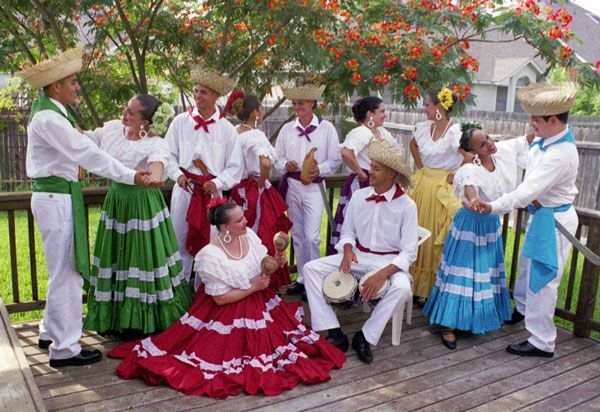 This is evident even in everyday trifles: when parting, Argentines hardly use the traditional Spanish hasta luego , but instead say chau is a modified Italian ciao . It is interesting that the Italians also settled in Brazil, so the Brazilians, when saying goodbye, also say tchau .
This is evident even in everyday trifles: when parting, Argentines hardly use the traditional Spanish hasta luego , but instead say chau is a modified Italian ciao . It is interesting that the Italians also settled in Brazil, so the Brazilians, when saying goodbye, also say tchau .
The brightest feature of Argentine Spanish is the so-called voseo , voseo, a grammatical feature in which the personal pronoun is 2 lit. units h. vos is used instead of the informal pronoun tú and the polite respectful pronoun Usted . The same phenomenon has taken root in Spanish in Costa Rica, Nicaragua, Paraguay, and Honduras.
Voseo influences the conjugation of verbs, simplifying it somewhat. For example, the alternation of vowels in the root of the verb disappears:
hablar (to speak): tú hablas/vos hablás (you speak)
sentir (to feel): tú sientes/vos sentís 9002 9002 you feel 9002 poder (to be able to): tú puedes/vos podés (you can)
querer (to want): tú quieres/vos querés (you want)
the letter 9 is subtracted0021 –r , and put an acute over the final vowel.
Beber – Bebé (drink)
Balar – Bailá (Dancing)
Vivir – Viví
Hacé (do)
– There is an exclusion:
go)
Finally, a little about the quirks of Argentine phonetics: y and ll in the phrase so yo me llamo in the Rioplat version are read as [ʃ]. But no interdental sounds!
- Spanish in northern Latin America
Refers to the varieties of Spanish spoken in Peru, Ecuador, Bolivia and Colombia. These dialects are usually easy to understand, and the Colombian accent is generally considered “the most neutral version of Spanish.” This is because in these countries it is customary to speak a little slower and not shorten words. As in the case of Mexico, Peru and Bolivia still have a high percentage of the indigenous population, so the Quechua and Aymara Indian languages not only have the status of official languages, but also have a noticeable influence on local Spanish. Name of a traditional woolen Andean hat chullo comes from ch’ullu from Quechua.
Name of a traditional woolen Andean hat chullo comes from ch’ullu from Quechua.
In this region, especially in Colombia, y and ll are pronounced soft [j].
- Spanish in Central America
Central America includes Guatemala, Honduras, Panama, Costa Rica, Nicaragua and El Salvador. Proximity decides a lot here: Spanish in Guatemala is in many ways similar to Mexican Spanish, and Panamanian Spanish has many parallels with Spanish in Colombia.
A distinctive feature is voseo, similar to the Argentinean accent.
The features of Spanish in Costa Rica can be described in one phrase – pura vida . It could be both a national idea and an answer to the standard question ¿Como estás?
- Spanish in the Caribbean
Cuba, Puerto Rico and the Dominican Republic have their own dialects of Spanish that can be identified as Caribbean Spanish.
If you still think Spaniards speak too fast, hold on to your wig – in the Caribbean, Spanish is so fast it will blow you away. To speak faster, even faster, the sound [d] at the end of a word in speech disappears, so mitad sounds the same as mita . The preposition para is shortened to pa’ . The letter s not only disappears at the beginning and end of words, but is often “swallowed” in their middle, so estoy aquí en la estación sounds more like “ehtoy aquí en la ehtació”.
Puerto Rico has a special status because it is not really a country, but a territory under the control of the United States – it is logical that Spanish there has changed significantly after English. For example, Puerto Ricans emphasize the final [r] in words, pronouncing both [r] clearly in matar , which is reminiscent of a rotated American accent. Moreover, the letter r is read differently depending on the place in the word: if it is at the end of a syllable before a consonant, it is read as [l], that is, Puerto Rico becomes “Puelto Rico”.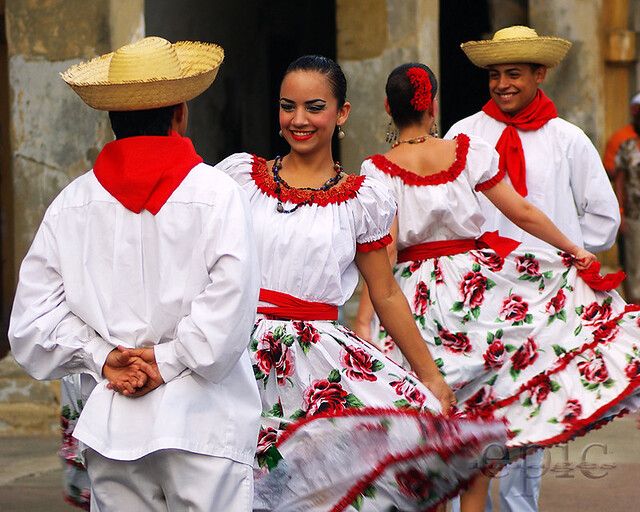
Spanish in the Dominican Republic reflects the influence of both the local tribes of the Taino Indians (it was from the Taino language that the words maracas and hamaca came from the Taino language), and slaves brought here in the 16th century from the west coast of Africa. The latter is noticeable in the fact that, for example, Dominicans use pronouns similar to the language of the Igbo people in southeastern Nigeria: instead of ¿Cómo estás tú? they will ask rather ¿Cómo tú ta? In interrogative sentences, the pronoun is often placed before the verb (it is also abbreviated), while in “standard” Spanish there is an inversion: ¿Adónde tú vas? in the Dominican Republic, ¿Adónde vas tú? in Spain.
- Spanish in Chile
In terms of uniqueness and complexity, the Chilean dialect is not inferior to the Caribbean. The main phonetic feature is that in Chile the combination ch is pronounced as [ʃ], because Chile sounds like “Shi-lé”. If there is a vowel at the end of the word, followed by combinations do or da , the sound [d] is omitted: fundido and fracasado will sound like “fundío”, “fracasáo”. If a word ends in -a and is followed by a word beginning in d-, the [d] sound is omitted again: ¿Dónde está la biblioteca? becomes ‘onde esta la biblioteca’ and persona del espacio becomes ‘persona ‘e espacio’.
If there is a vowel at the end of the word, followed by combinations do or da , the sound [d] is omitted: fundido and fracasado will sound like “fundío”, “fracasáo”. If a word ends in -a and is followed by a word beginning in d-, the [d] sound is omitted again: ¿Dónde está la biblioteca? becomes ‘onde esta la biblioteca’ and persona del espacio becomes ‘persona ‘e espacio’.
Also para el + n. m.r. abbreviated to pa’l and para la + n. zh.r. – up to pá la . Because of the abbreviations and “thrown out” syllables, Chileans are not easy to understand for someone who is used to the Castilian variant.
Accents are an inexhaustible topic: they allow you to guess from just a few words or phrases where a person who speaks Spanish comes from. As you can see, each version of Spanish is fraught with many subtleties and special features, which can be fully studied only if you spend at least a little time in a particular country.
 No obstante, la licencia de aprendizaje aquí requerida no será necesaria cuando la persona posea una licencia de conducir, excluyendo la de motocicletas, y deseare cambiar tal licencia de conducir por cualquiera de las otras licencias autorizadas por este capítulo, o cuando la persona posea una licencia para conducir vehículos de motor que tenga vigencia y haya sido expedida en cualquier estado o territorio de los Estados Unidos, o en cualquier país extranjero, y dicha licencia no cumpla con los requisitos establecidos en el inciso (b) de la sec. 5055 de este título.
No obstante, la licencia de aprendizaje aquí requerida no será necesaria cuando la persona posea una licencia de conducir, excluyendo la de motocicletas, y deseare cambiar tal licencia de conducir por cualquiera de las otras licencias autorizadas por este capítulo, o cuando la persona posea una licencia para conducir vehículos de motor que tenga vigencia y haya sido expedida en cualquier estado o territorio de los Estados Unidos, o en cualquier país extranjero, y dicha licencia no cumpla con los requisitos establecidos en el inciso (b) de la sec. 5055 de este título.
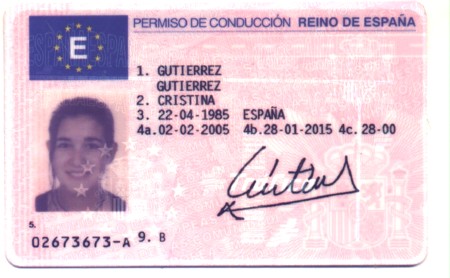 Si lo hace se expone al riesgo de que se le deporte.
Si lo hace se expone al riesgo de que se le deporte.